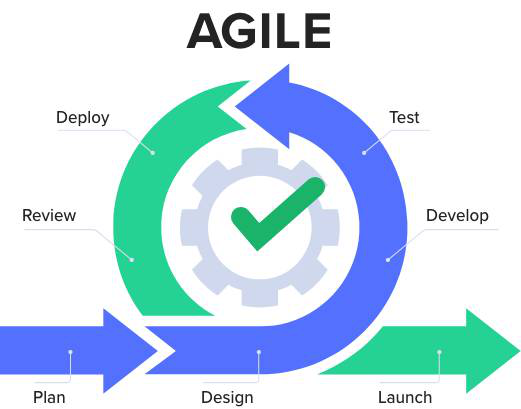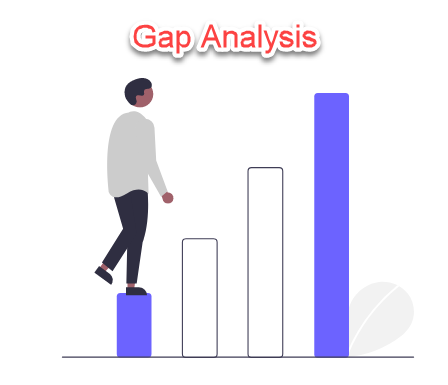Home » Agile Development » Page 5
Case Study: Mobile Expense Tracker App As a software development team, you have been tasked with creating a mobile expense tracker app. The app should help users track their daily expenses, categorize spending, and set budget goals. The goal is to provide users with a user-friendly, efficient, and feature-rich application that can be used on both Android and iOS platforms. To simulate a product backlog for this project, let’s create a table with several user stories, their priorities, estimations (in story points), and acceptance criteria. User Story Priority Estimation Acceptance Criteria User Authentication…
continue reading →
Introduction In the world of Agile development, the product backlog stands as a cornerstone of efficient project management. It's a dynamic and living document that outlines the features, enhancements, and bug fixes that need to be developed in a software project. The product backlog is essential for prioritizing work, aligning the team's efforts with customer needs, and ensuring that the project stays on track. In this article, we'll explore what a product backlog is, its importance in Agile methodology, and how to effectively manage it. What Is a Product Backlog? A product backlog…
continue reading →
Introduction In the realm of Agile development, user stories serve as essential building blocks for communication between development teams and stakeholders. However, to ensure these stories are implemented correctly and meet the desired objectives, acceptance criteria are indispensable. Acceptance criteria provide the specific conditions and expectations that a user story must fulfill to be considered complete. But what's the best way to structure these criteria? In this article, we delve into three popular acceptance criteria templates: Given-When-Then, Behavior-Outcome-Expectation, and Role-Feature-Reason. We will explore the pros and cons of each template and discuss when…
continue reading →
In Agile development, the user story is a fundamental building block for delivering value to the customer. These concise descriptions of desired functionality capture the 'who,' 'what,' and 'why' of a feature or requirement. However, to ensure that user stories are both actionable and testable, Agile teams often employ a technique called "Give / When / Then" (GWT) acceptance criteria. This method helps to define the expected behavior of a user story in a clear and unambiguous manner. What Are Acceptance Criteria? Acceptance criteria are conditions or rules that a user story must…
continue reading →
User stories are a fundamental component of Agile development, serving as concise descriptions of functionality from an end user's perspective. To ensure that these user stories are well-understood and can be properly tested, it's crucial to draft clear and comprehensive acceptance criteria. In this article, we'll delve into the art of writing acceptance criteria for user stories, providing practical examples along the way. What Are Acceptance Criteria? Acceptance criteria are specific conditions that a user story must meet to be considered complete. They serve as a guideline for both developers and testers, ensuring…
continue reading →
Agile development has revolutionized the way software is created. It places a strong emphasis on collaboration, adaptability, and customer satisfaction. One of the cornerstones of Agile methodology is the use of user stories, a powerful tool that helps teams focus on delivering value to end-users. In this article, we'll explore what user stories are, how they work, and why they are crucial for successful Agile development. Understanding User Stories A user story is a concise, informal description of a software feature from the perspective of an end-user or customer. It is not a…
continue reading →
In the ever-evolving world of software development, efficiency and collaboration are the keys to success. Whether you're an Agile aficionado or a Scrum enthusiast, Visual Paradigm is here to revolutionize the way you manage your projects. With a full set of Agile backlog and process management tools, Visual Paradigm empowers your team to take control of your projects and make them more effective than ever before. User Story Mapping Made Effortless Visual Paradigm takes the complexity out of user story mapping with its intuitive drag-and-drop interface for story creation and arrangement. No more…
continue reading →
Introduction Use Case and User Story are two different techniques used in Agile software development to capture and communicate requirements, and they serve slightly different purposes. Whether one is better than the other depends on the specific needs and preferences of the Agile team and the project context. Let's explore the differences and use cases for each: Use Case: Purpose: Use cases are typically used to describe the functional requirements of a system from the perspective of an external actor (usually a user or another system). Format: They are often represented as structured…
continue reading →
Introduction Agile methodologies like Scrum and Kanban have gained immense popularity in the software development industry for their flexibility and ability to adapt to changing requirements. However, many developers and teams wonder how to incorporate UML (Unified Modeling Language) modeling into their agile processes effectively. UML provides a powerful toolset for visualizing and designing software systems, which can enhance communication, design, and documentation. In this article, we will explore strategies for integrating UML modeling into Scrum and Kanban workflows. The Role of UML in Agile Development Before diving into integration strategies, let's understand…
continue reading →
What is a Gap Analysis A gap analysis is a tool used to compare the current state of a business or organization with its desired future state. It involves identifying the gap between where the organization currently stands and where it wants to be, in order to identify areas of improvement and develop strategies for closing the gap. Gap analysis can be used by individuals, teams, or organizations to identify areas for improvement in a variety of contexts, such as: Business strategy: To identify gaps in the organization's business strategy and align it…
continue reading →





